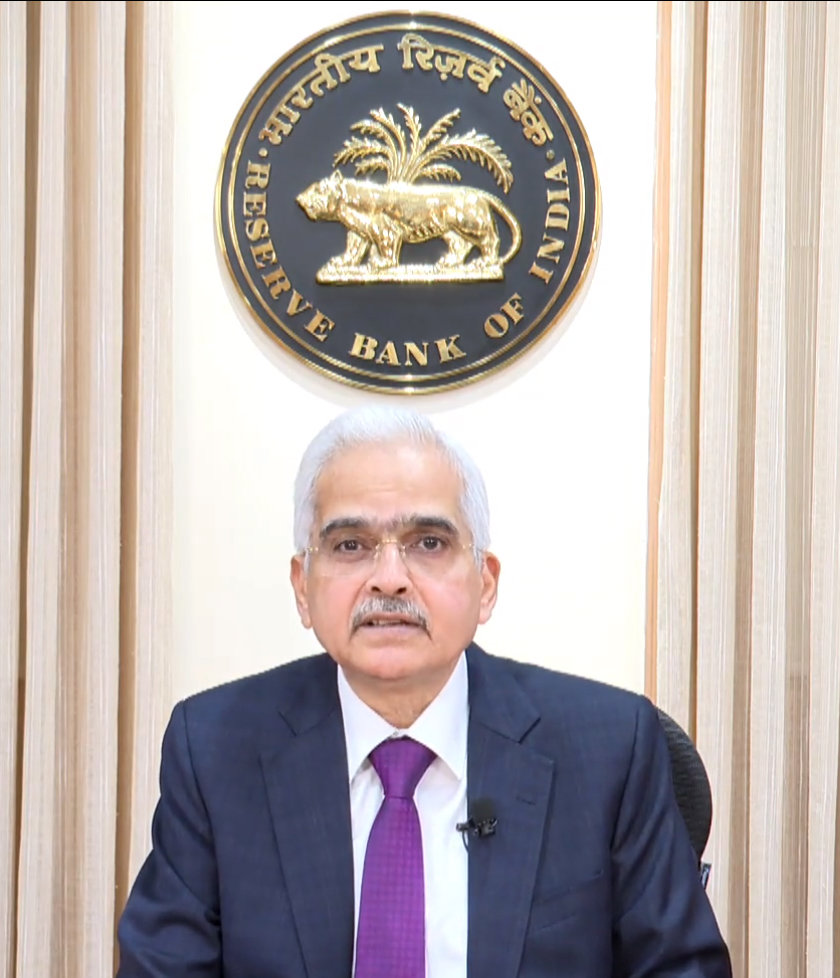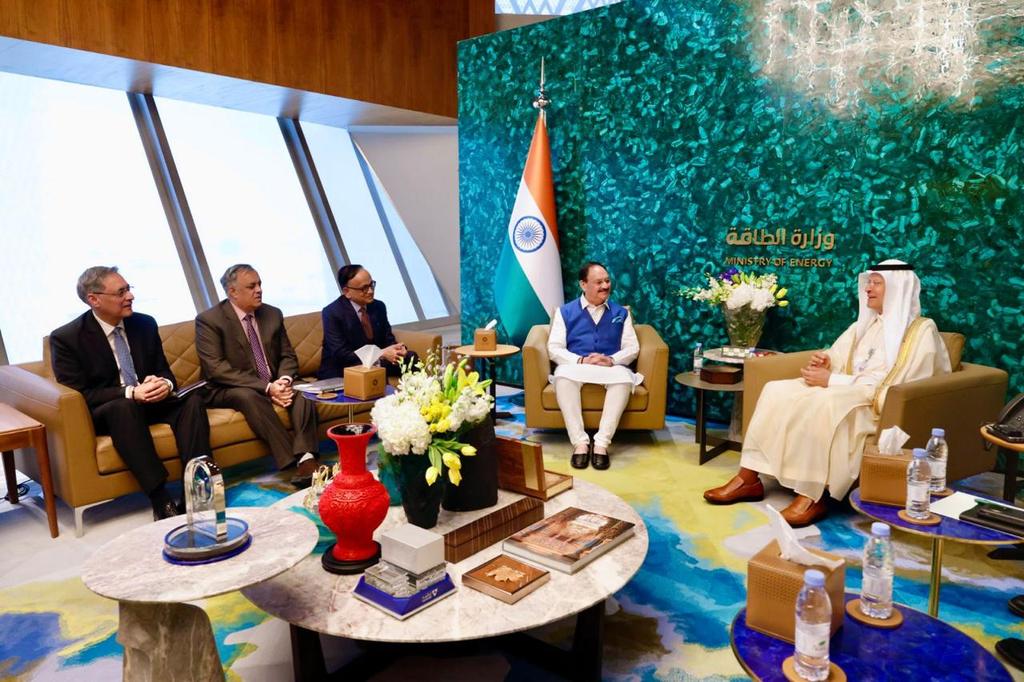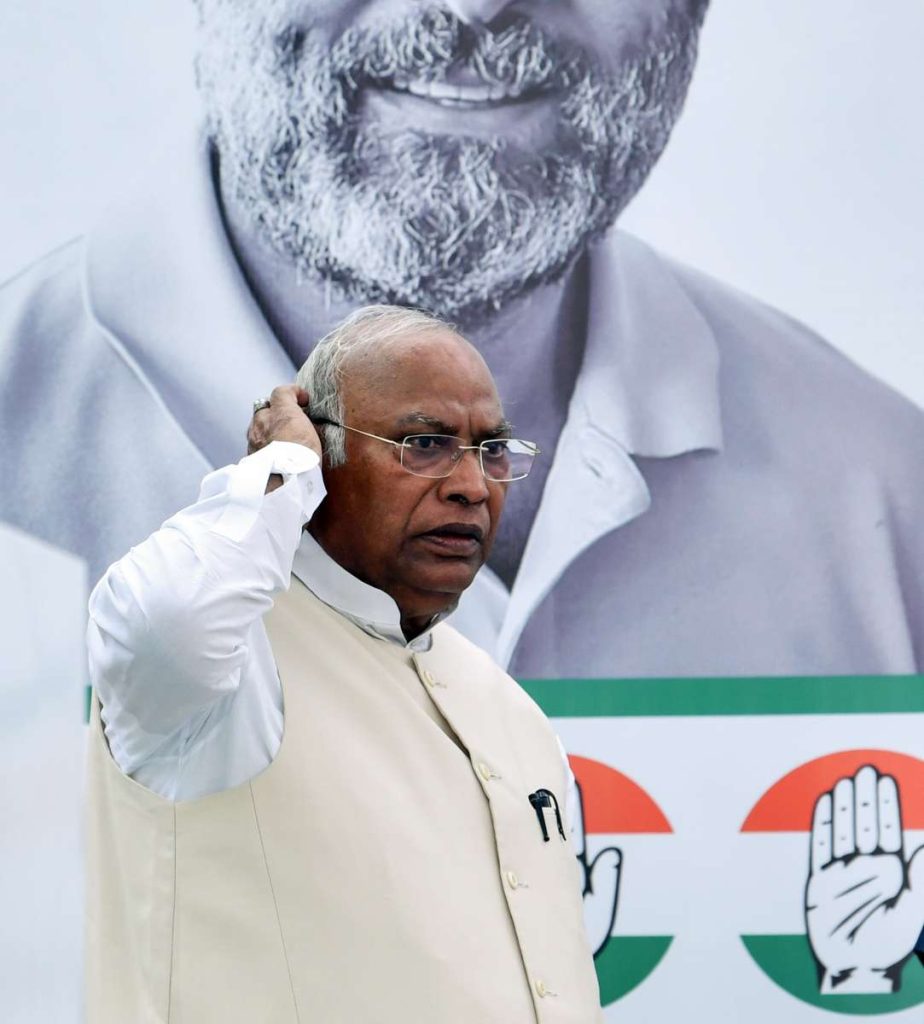RBI Governor said that efforts were being made to leverage technology to achieve greater efficiency while also meeting the objectives of market reforms…reports Asian Lite News
RBI Governor Shaktikanta Das on Monday emphasised the need to give retail customers a fair deal in foreign exchange markets that is at par with large customers.
“There is a need for effective market-making and finer pricing for smaller deals on NDS-OM. Divergence in pricing in Foreign Exchange (FX) markets for the small and large customers are wider than what can be justified by operational considerations,” the RBI Governor said in his address at an international financial conference in Barcelona.
“Banks may need to do more to facilitate the use of the FX Retail platform. We continue to see banking channels being used by certain persons or entities to fund activities on unauthorised FX trading platforms. This warrants enhanced vigilance by the banks,” he pointed out.
He said that efforts were being made to leverage technology to achieve greater efficiency while also meeting the objectives of market reforms.

“For example, we are exploring the use of technological platforms to expand the reach of financial markets, in particular the reach of the RBI Retail Direct and FX Retail. In the derivative markets, efforts are underway to introduce electronic trading platforms for a larger number of derivative products and to expand the central clearing of products,” he explained.
Das also said that to foster greater efficiency, Application Programming Interfaces (APIs) for reporting trades to NDS-OM and accessing the RFQ dealing mode are being contemplated.
The introduction of bond forwards is being considered to enable long-term investors to manage their interest rate risks efficiently – draft guidelines in this regard were issued in December 2023.
The Reserve Bank also remains engaged with stakeholders to assess the need for the introduction of new products and infrastructure based on evolving market developments, he added.
India’s foreign exchange reserves rose for a sixth consecutive week to hit a historic high of $645.58 billion for the week ended March 29, according to RBI data released on Friday.
The forex kitty increased by $2.95 billion during the week, after notching a cumulative $26.5 billion rise in the previous five weeks.
RBI Governor Shaktikanta Das on Friday referred to the record foreign exchange reserves as a reflection of the strength of the Indian economy.
“It is our prime focus to build a strong umbrella, a strong buffer in the form of a substantial quantum of forex reserves, which will help us when the cycle turns or when it rains heavily,” Das said while unveiling the first monetary policy review of the current financial year on Friday.
Rising foreign exchange reserves are a positive sign for the economy as they reflect an ample supply of dollars that help strengthen the rupee. An increase in foreign exchange reserves gives the RBI more headroom to stabilise the rupee when it turns volatile.
This is because the RBI intervenes in the spot and forward currency markets by releasing more dollars to prevent the rupee from heading for a free fall.
Conversely, a declining forex kitty leaves the RBI less space to intervene in the market to prop up the rupee.

India’s forex reserves, including the central bank’s forward holdings, can now cover more than 11 months of imports, which is close to a two-year high.
The RBI Governor also said that the rupee has remained largely range-bound, as compared to both its emerging market peers and a few advanced economies during 2023-24, and was the most stable among major currencies during this period.
“The depreciation of rupee at 1.4 per cent against the US dollar in 2023-24 was lower as compared to the emerging market peers like Chinese yuan, Thai baht, Indonesian rupiah, Vietnamese dong and Malaysian ringgit and a few advanced economy currencies like the Japanese yen, Korean won and New Zealand dollar,” Das said.
On the outlook for the rupee, the monetary policy report said the nominal exchange rate of the Indian currency saw two-way movements in the range of Rs 82.8-83.4 per US dollar.
ALSO READ: Forbes Ranking : PNC Menon becomes richest Omani Citizen













